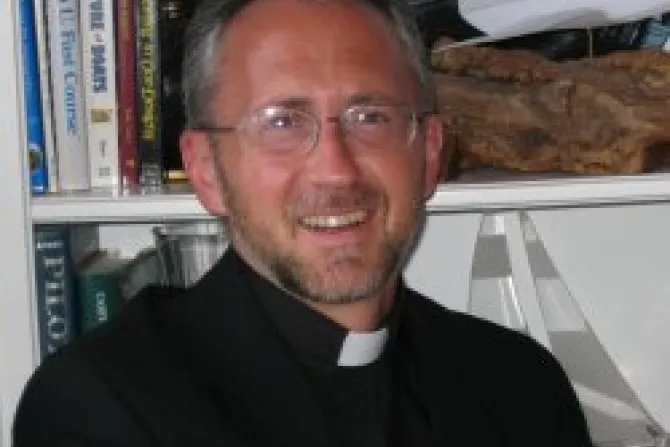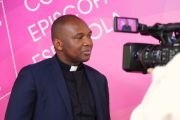London, England, Nov 11, 2009 / 17:09 pm
Britain’s Academy of Medical Sciences has launched a new study to examine the ethical and regulatory framework needed for scientific research which uses animals and animal embryos containing “human material.”
The study brings together experts in developmental genetics, clinical neuroscience, veterinary medicine, bioethics and law. They will examine the scientific, social, ethical, safety and regulatory aspects of the creation and use of animals and embryos which incorporate human material, a press release from the Academy says.
Prof. Martin Bobrow, who chairs the working group, said the call for the study originated within the scientific community itself and has the support of parliamentarians.
“It is important to ensure that this exciting research can progress within limits that scientists, the government and the public support. We will not only be focusing on the ethical dimensions of this research but also on how it is perceived by the public,” explained Bobrow, an emeritus professor of medical genetics at the University of Cambridge.



